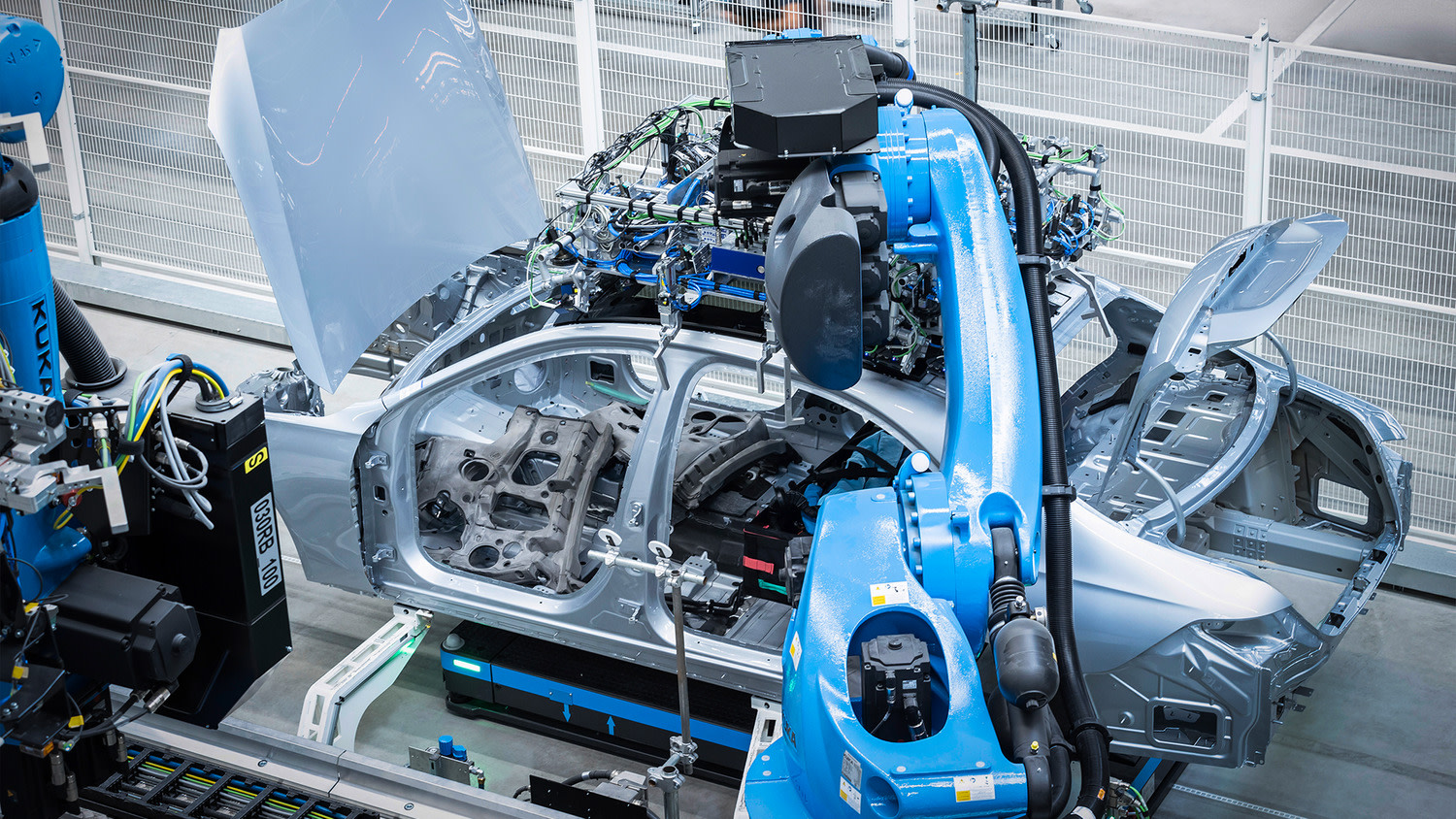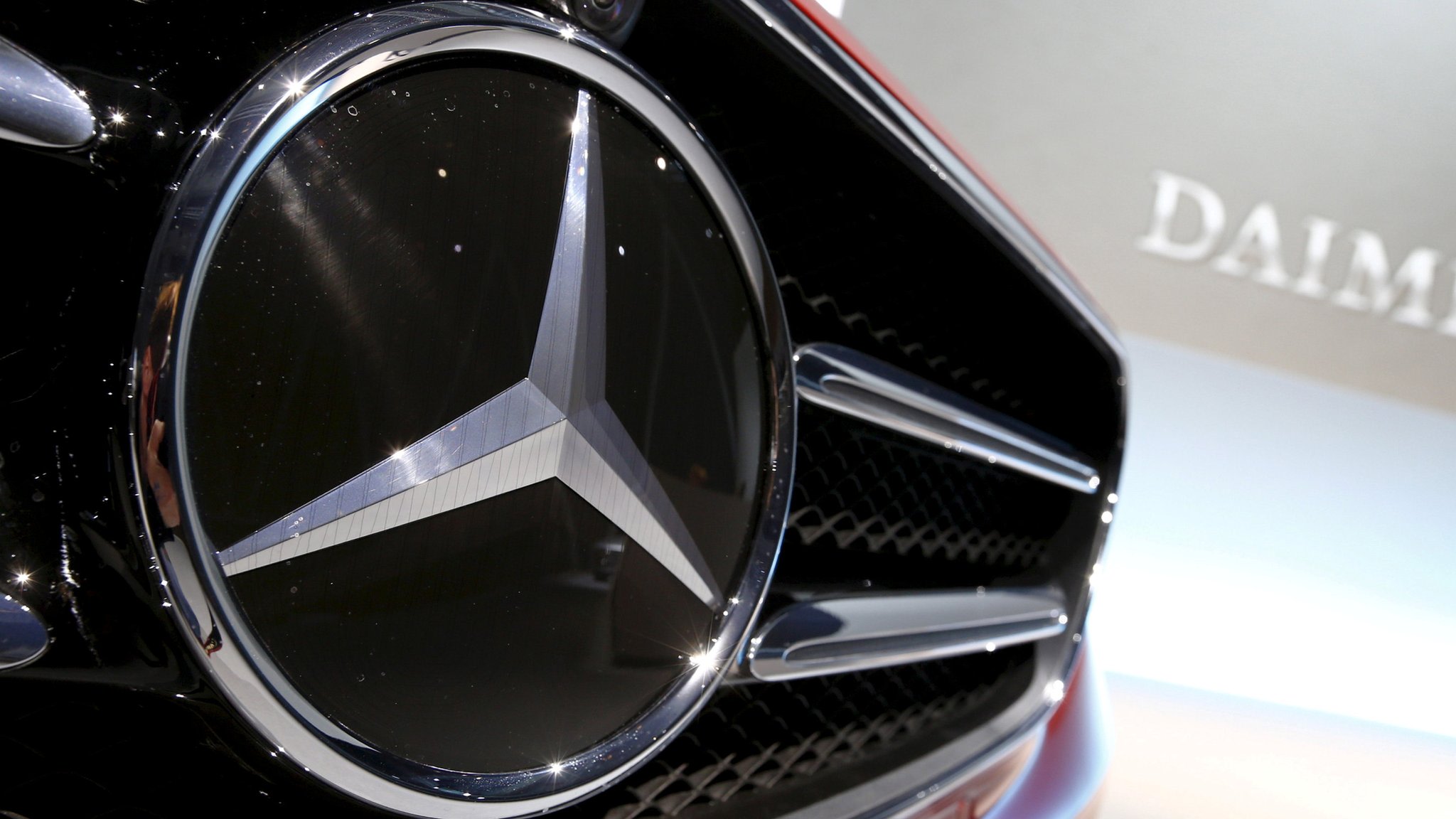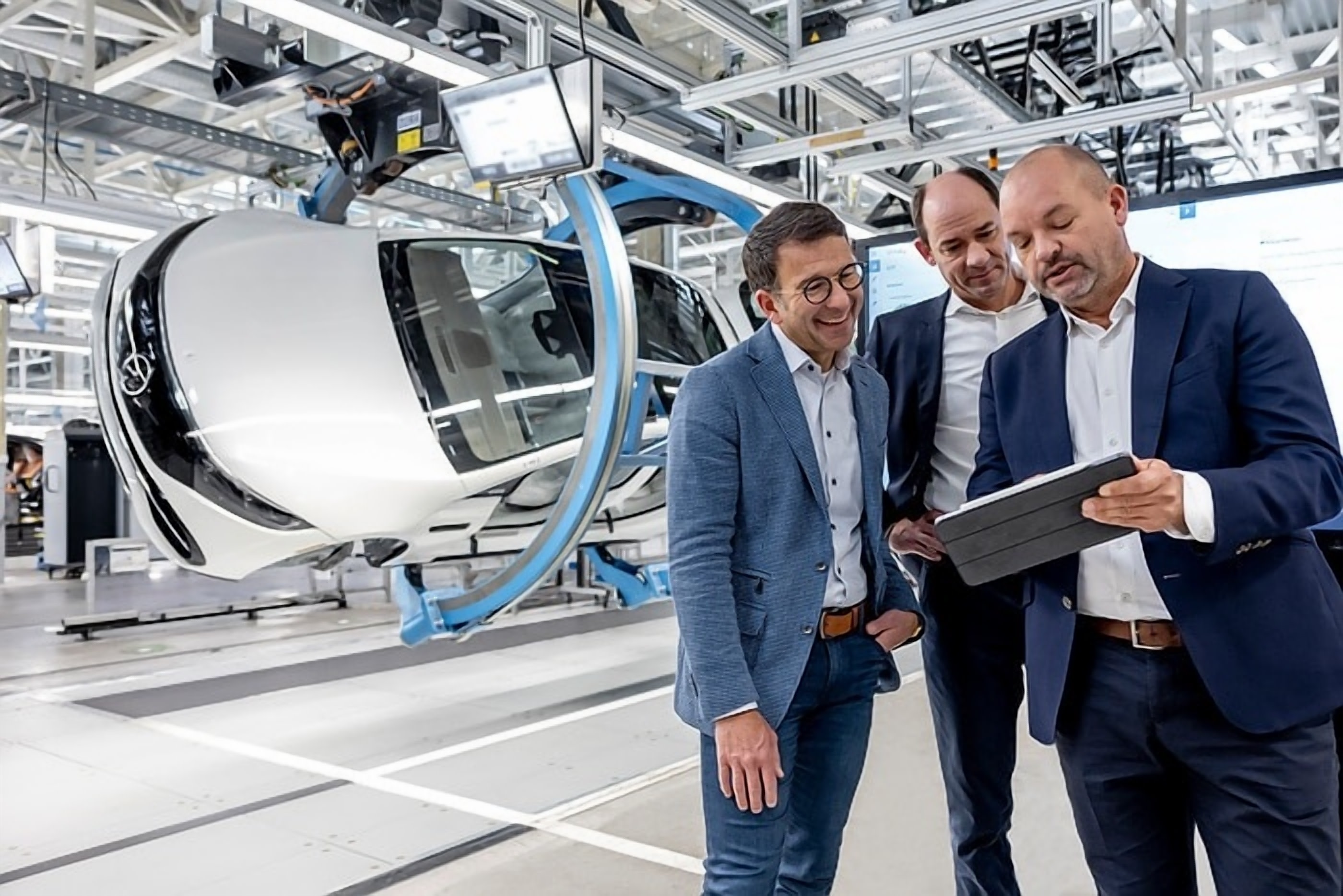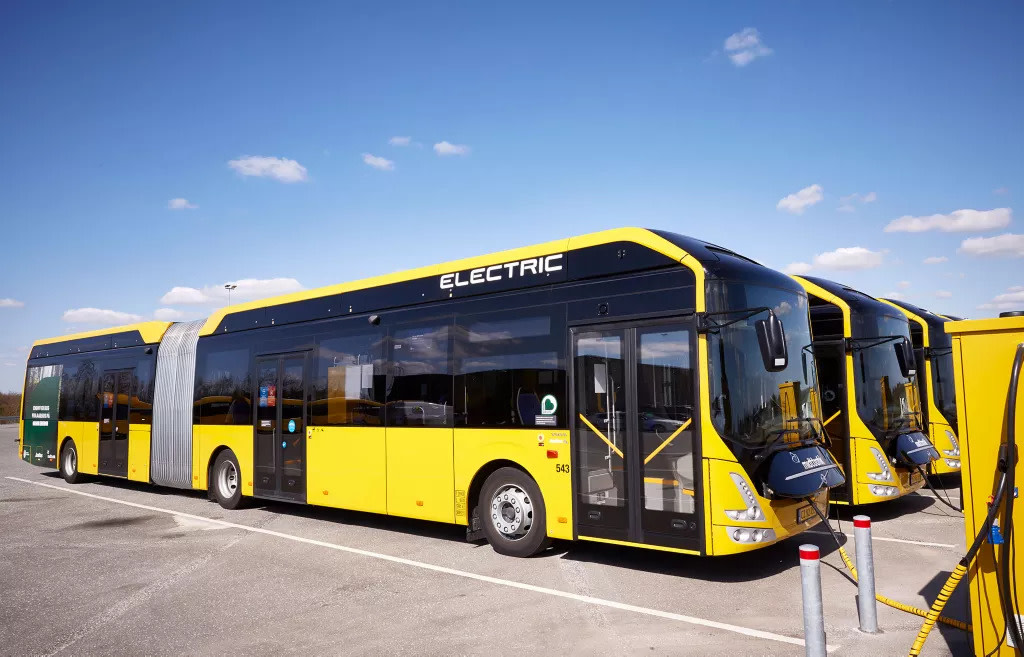Mercedes-Benz And The Electrification Issue
Mercedes-Benz Group
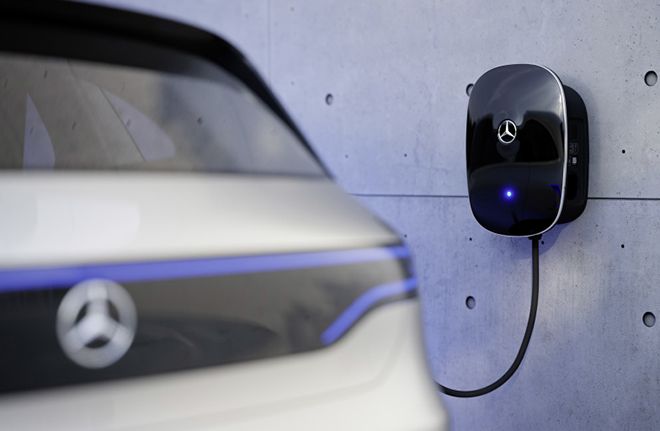
Of all the car companies out there, Mercedes-Benz (Daimler AG) is one of the most ambitious. By 2021, they announced their intention to electrify their entire fleet by 2030. Their plan is set out quite well already, with the company anticipating an expense of €40 billion through 2030 to be spent on R&D, battery capacity, a robust charging network, and production.
In the case of a robust charging network, though, we’ve already got an idea of what that might look like. Earlier in January 2023, Mercedes-Benz unveiled its plan with exact numbers:
10,000 high-power charges across North American, European, and Chinese markets.
The goal for this year is to start construction in the US and Canada, establishing over 400 hubs across North America, and over 2,500 high-power chargers by 2027. The construction of these is going to be split between Mercedes and its partner, MN8 Energy.
While these plans are ambitious and more companies are ramping up their own electric vehicles, making the switch isn’t as cut and dried as we might think. For sure, vehicle charging networks need to be widely available as electric vehicle use increases, but there are other significant challenges.
Infrastructure Needs To Be Stronger
Even though charging stations aren’t going to need as much space as gas stations, these stations do need to be in convenient and easily accessible locations. Beyond that, there is the question of how charging stations will get power and how to work with manufacturers.
As a result of this, car companies will need to be working in tandem with grid operators for power, charging manufacturers, and the landowners where the charging stations are going. Aside from the installation cost of $2,500 to $35,800 per station, spacing is a bit of an issue since these stations will need to accommodate home and office-premise use.
Aside from that, since the plan is to install these in US and Canadian locations, there may be political pushback from the oil and gas industries that see EVs as threatening their bottom line.
Beyond that, there is also the issue of rural areas, as they are devoid of charging infrastructure too. Midway and overnight chargers installed in those areas may be a step in the right direction.
Vehicles Preferences
People have started to talk more about public transportation as a result of the development of EVs. And with that, preferences for different modes of transportation have become more commonplace. People have been gaining more interest in electric bicycles, particularly for urban dwellers who can navigate the city and avoid traffic. Furthermore, they’re greener than electric vehicles since they use far fewer materials.
Aside from that, people are more conscious about driving in an environmentally friendly way. Bikes are an option, but some know they need a car from time to time. This has given rise to “shared mobility” and more options for people to get from point A to point B. Even some cities have taken steps to make massive changes.
With all of these changes, new options, and improvements to older models, consumers may view electric vehicles as a last-resort option. This can dampen the market for electric vehicles, as there wouldn’t be as many buyers to cover the supply of electric vehicles.
Paying For Electricity
Another glaring issue is how people will be paying for electricity in the first place. The obvious answer is apps, contactless cards, QR Codes, and RFID cards, but there are issues with those. QR codes in public places are prime spots for scammers to cause havoc, as they could redirect users to scam websites by creating their own QR code sticker and placing it over the original.
Apps are another viable option, but that would require car brands to agree on a single app where payments would be processed. Users do not want to have multiple apps on their phones to pay for electricity.
Some progress has been made in payment processing now that Germany is requiring companies to let EV drivers use credit or debit cards. This will be an easier model to adopt in other countries too.
Power Charging Issues
Charging stations will offer two options: slow or fast charging. While slow chargers will be fine for overnight use, it’s to be expected that fast chargers will be used more frequently as charge needs fluctuate. People using them are going to be driving long distances and will need the reliability that fast charging speeds offer.
The ideal scenario is for consumers to plug into a station, buy coffee and snacks, and be fully charged in a few more minutes if they’re not fully charged yet. But at this current stage, that ideal situation might happen very rarely. Aside from the fact that the charge it offers can’t be leveraged by most modern EVs, there is also the question of heating and power on the grid.
Many electrical grids in the United States are outdated, as demonstrated by Texas' grid during the 2021 winter crisis, and will struggle to keep up with the electrical output. Beyond that, if the plan is to have charging stations at midway points, getting power to those stations can be tougher too.
With regard to heating, this would be a bigger issue during peak power usage. If chargers are given no time to cool down, electrical surges could happen, which is the best-case scenario. Worst-case scenarios include fires or electric vehicles that fail or are damaged in some way.


